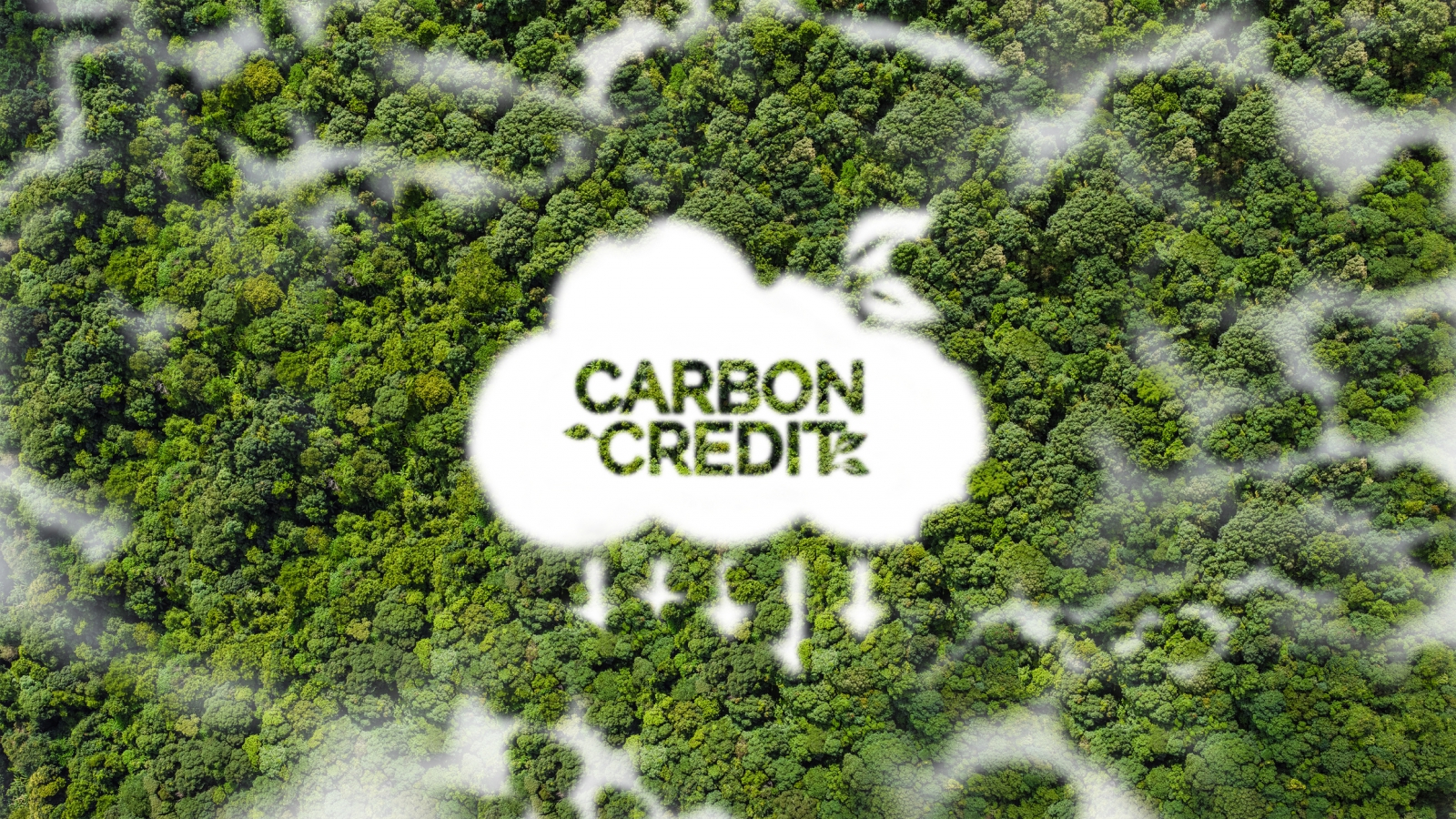
Vietnam has much to do as it works to establish a carbon credit market. (Photo: iStock)
Vietnam is expected to start piloting its carbon trading market in 2025, with carbon emission control and trading measures for high-emission sectors such as cement, steel, and transportation also set to take effect that year.
The Ministry of Agriculture and Rural Development (MARD) estimates that the country's annual carbon trading revenue could reach $300 million. However, compared to other advanced countries, Vietnam still faces many challenges in establishing a comprehensive carbon market.
Vietnam's carbon trading estimated annual revenue of $300 million
In 2023, Vietnam successfully sold 10.3 million carbon credits, valued at approximately $51.5 million. This achievement marked the first instance in the East Asia-Pacific region and placed Vietnam among the top 15 countries globally capable of selling carbon credits. This success has injected vitality into local carbon credit development, driving forest carbon credit development and prompting Ho Chi Minh City to implement energy-saving plans.
As carbon credit development expands, the Vietnam Forestry Administration (VNFOREST) has revised the national carbon credit revenue forecast. From the previous estimate of 40 million carbon credits per year, generating around $200 million, the latest data now predicts that 57 million carbon credits can be sold annually, potentially generating $300 million.
Experts highlight three major challenges in developing carbon market
Despite the immense potential of the carbon market, significant barriers remain. Firstly, according to Ha Duy Ngoc, an expert from the Vietnam Institute of Economics, the biggest issue is policy. Compared to countries like South Korea, China, Japan, and the European Union, Vietnam lags significantly in policy formulation and implementation. The current regulatory framework only addresses market assessment and key components, leading to difficulties in execution.
Secondly, technology is a challenge. Vietnam lacks basic carbon credit conversion technologies such as wind and solar power. Ha Duy Ngoc believes that local renewable energy projects heavily rely on foreign technology and face difficulties in maintenance, let alone the capability to use advanced technologies like carbon capture.
Thirdly, funding is a critical issue, especially regarding the high costs associated with carbon credit certification. Vo Tri Thanh, Director of the Vietnam Institute for Brand and Competitiveness Strategy (BCSI), points out that Vietnam lacks local carbon credit certification and issuance organizations, resulting in very high associated costs.
Tran Dai Nghia, Director of the Natural Resources and Environment Research Institute at the Institute of Policy and Strategy for Agriculture and Rural Development, also emphasizes the funding issue, noting that intangible carbon credits have a time limit and could lose value if not sold within a specific timeframe.
Currently, there are three main ways to obtain funds through carbon credits: voluntary carbon markets, compliance carbon markets, and donations. Among these, voluntary carbon markets are the primary and most accessible method for Vietnam, though prices can fluctuate with the market and might become worthless.
Based on expert opinions, four recommendations are proposed to ensure the stable operation of Vietnam’s carbon market:
- Develop a comprehensive legal framework that clearly defines ownership, pricing, operations, management, and dispute resolution methods.
- Establish a transparent, synchronized, and complete governance mechanism to closely monitor the growth and operation of the carbon market.
- Create carbon credit certification and issuance institutions.
- Utilize Vietnam’s forests through land use, land use change, and forestry (LULUCF) activities to fully leverage the creation of carbon credits.
Source: VN Economy, Vietnam+, Vietnam News



